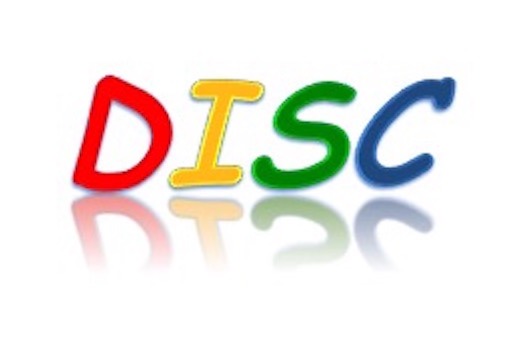After talking on the phone with Debbie for a few minutes, I was certain she had to be a very analytical “C-style” individual.
Her deliberate, steady pace of speech and her highly detailed questions were clear giveaways. This was my first conversation with Debbie. She is a corporate trainer at one of our client companies. Debbie was preparing for the “train-the-trainer” session that we were going to conduct in two weeks for Debbie and six of her colleagues.
She had many questions about our assessment reports. “Why does the arrow go to this direction?” “What does this graph mean?” She asked one question after another. All of them were focused on getting more specific and detailed information about the interpretation of the assessments results.
Two weeks later it was very clear Debbie was the only one of the trainers with such an analytical style.
In fact, the rest of the trainers were all animated and talkative “I-styles”. They had never even given a thought to look at the reports before the session. In terms of her behavioral style, Debbie was very different from the rest of the group.
During every break Debbie came and asked more questions. This time the questions were different.
“Should I be concerned that my style is so different from the others’ styles?” she asked with a concerned look on her face. She also pointed to specific statements in her report that were all about her various development areas.
None of her questions were about her strengths.
I have seen this happen many times. Often times, we are focused on the things that are negative about ourselves. We end overlooking all of our positive qualities. The same regularly happens when we achieve a deeper self-awareness of who we really are. We frequently focus on the “bad news” and ignore the rest.
“Yeah, yeah, I do notice the missed details as it states here, BUT I am really worried about this statement: ‘Needs lots of information to support decisions’. That could be a problem.” Debbie continued to focus exclusively on her development areas.
Maybe we develop this pattern of behavior in school. The bright red markings on our test papers focus only on the things that we got wrong. All of our correct answers are completely ignored.
“Why are you so worried about these statements?” I asked Debbie. “I know you are successful and it is obvious that your colleagues have sincere respect for you. The only time they are quiet is when you speak,” I observed aloud.
“I’m not sure. I guess I want to be more like the rest of the group,” she responded.
This is very natural response. Overlooking our strengths becomes an even bigger issue when we feel we are somehow different from others. Peer pressure is not reserved for teens only. It never ends and it takes on many different forms.
“Debbie, may I take a guess how your own training sessions unfold?”
“OK”, replied Debbie.
“When you are training new material for the first time, you do not sleep very well the night before. You are worried about many things: if you know ALL of the material, if you will be able to know and remember what to say and be able to answer all of the questions. You are quite nervous.”
“The next day, at the end of the session, you are completely worn out. After all of the participants have left the room, you begin to anxiously read the course evaluations. You notice a few things you could have done better. You feel a little disappointed. But, if you really think about it Debbie, they are actually very good evaluations. There are many comments about how clearly and logically you presented the content. How well you answered the questions. How you clearly mastered the material.”
“Yes, that is true,” Debbie said hesitantly and nodded.
“It is all because of your strengths, Debbie. Others here today struggle with all of that! Be happy that you possess these wonderful qualities.”
Debbie seemed somewhat relieved.
I promise you that many people would love to have the strengths that you have. Many times I have talked to people who were completely ignoring their valuable strengths while another person, in the very same room, was lamenting how he lacked the very same behavioral trait.
“I need to learn to focus less on the details,” one person comments.
“Oh, how I wish I could focus more on the details. I make so many careless mistakes that cost me so much money and time,” says another, only 15 feet away.
Certainly, it is important to work on our development areas. Successful people do this consistently. However, successful people also use their existing strengths to the fullest.
Do not take your strengths for granted. Use them, capitalize on them and become even more successful. It is always more fun to use your strengths than just to work on your development areas!




